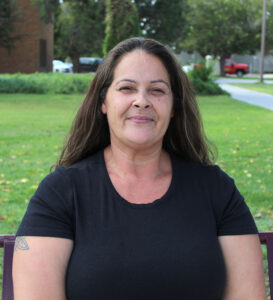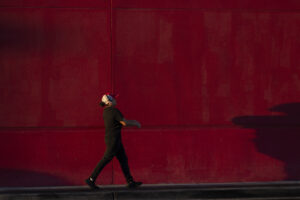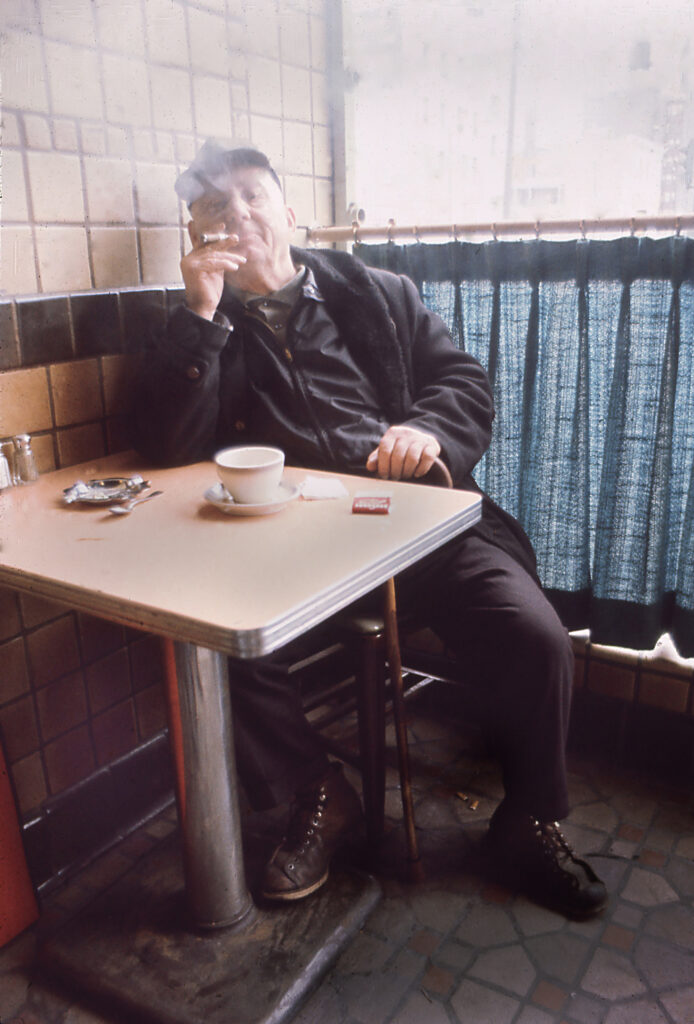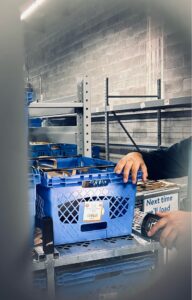Origins of Documentary Photography

A story is normally told through one single photo which captures a single moment in history. This is seen in various accounts in photojournalism because it’s typical for photojournalists to capture one ideal photo to tell the story. However, documentary photography includes a series of photos to tell a story through a specific time period.The time period doesn’t always have to be determined but the work will often create the time period. The other aspect that creates documentary photography is that the story is told to address an issue or to bring issues to light. This isn’t the case all the time, but for the purpose of this course our issue would be to document the small town crisis on how small towns here in New Mexico have changed a significant amount of the years.
Documentary Photography more than likely began before, but the first documented and early form of documentary photography began around the 1850s. The work of British photographer Philip Delamotte in which he documented this disassembly of Crystal Palace. About 10 years later, Matthew Brady documented the American civil War in 1861. These two have been the earliest documented and historical examples of Documentary photography as it was used to show an issue/events that occured. The main purpose of both of the projects showed a series of photos that represented how different periods in history occurred. Brady’s work also served as historical records of events that happened and where indeed a way for those who weren’t on the battlegrounds to get a view as to what was going on. Documentary photography allows situations that normally do not receive a lot of attention to get attention and be involved in the discussion. A project by David Octabius Hill and Robert Adamson displayed different components of the Scottish society.The project was one of the first projects to be categorized under documentary photography because of the consistency and the series of photos. The significant work of the series showed the fisherfolk in NewHaven, which was an important aspect in Scotland. Although there was no issue brought to light the project was able to document important details in the society. Another important project by American journalist Jacob Riis is the perfect example of how Documentary photography is able to expose an issue. Riis’ work served an important record of poverty in New York. It followed poverty in New York and was able to show poverty in an aspect that most people wouldn’t have been able to see unless in the situation.
The Farm Security Administration (FSA) is an agency that was created to fight poverty during the Great Depression in the United States. The agency was created in 1937 as part of the New Deal if efforts to create better living situations for Americans. The highly influential unit within the FSA was the photography program. The work done by the team captured a series of american life for nearly a decade from 1935 to 1944. The photographs taken by the FSA now serve as pictorial records in the FSA/Office of War Photograph collection of American life during such tough times. This was another example of Documentary Photography and how it can be used to show issues within societies through having a series of photos to keep as a record.
A similar situation took place with the program Documerica which was a program provided by the Environmental Protection Agency. In the early 70s the agency hired photographers who were assigned to record (photographically) the environment in the United States. The main goal of the project was to show the conditions of different cities around the country and try to improve those living conditions. The collection consisted of large cities and their clouds of smog, and over populated roads. In the city, photos showed the issues of trash that piled in the streets and sidewalks. The collection also includes farmland that is no longer able to produce because of the lack of water. Other images showed just how bad the quality of water was because not even fish were able to survive in the water. Another aspect that was shown was the mass production of vehicles and how they overpopulated the street and the junkyards. The project exposed many problems that weren’t getting enough attention. Documerica lasted for five years and is now at the National Archives.
Lewis Hine was an American photographer who changed the United States society during the Progressive Movement. Hine didn’t always see himself as being a photographer. He studied sociology at three different universities, which were at the University of Chicago, Columbia University, and New York University. He stayed in New York as he became a professor at the Ethical Culture School. While teaching at the school this is where Hines really began to discover photography. Hine used the camera as a tool to create social reform when he was hired as a photographer for the National Child Labor Committee (NCLC).
The main reason Hine was hired was to show the poor working conditions that workers faced. More importantly it highlighted the dangerous work children had to encounter while working in factories. The images produced in the series were important as it caused laws to be made in efforts to protect the health and safety of workers and children. One important law that helped create the chmag ein child labor is the Fair Labor Standards Act. Most of these laws helped create programs in efforts to keep children away from factories and into schools. Documentary photography is often used in order to keep historical records of events in history. Oftentimes like the popular projects mentioned the photos end up with archives to have a historical record. The perfect example of the purpose of documentary photography and where it will appear is the project for the class because it will end up in the library archive here at NMSU.






